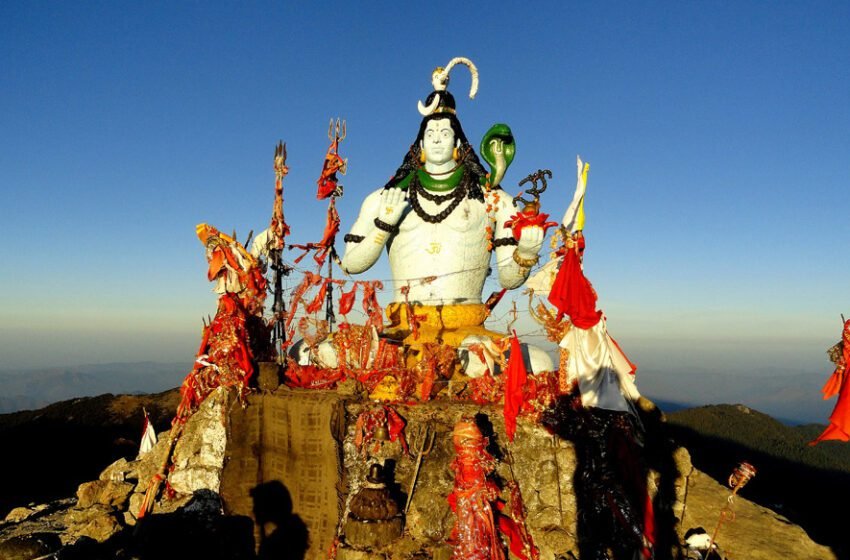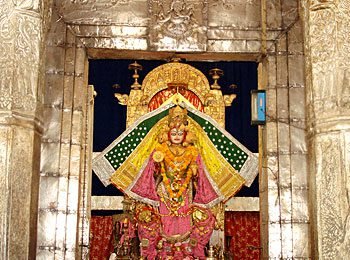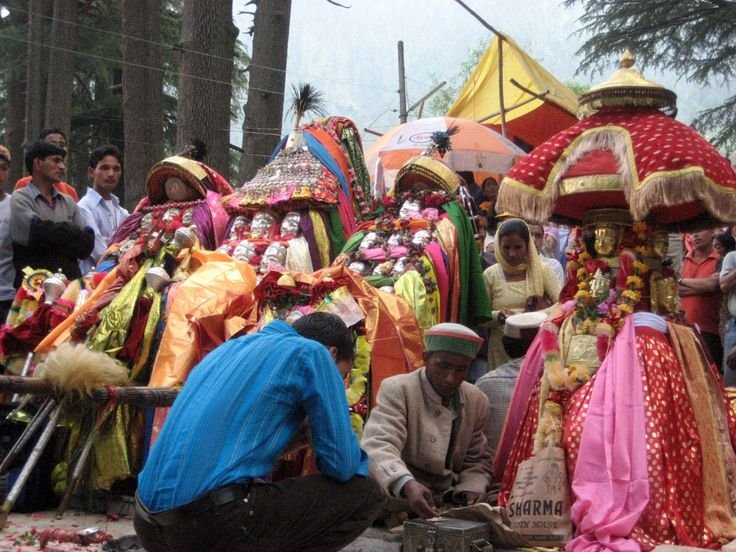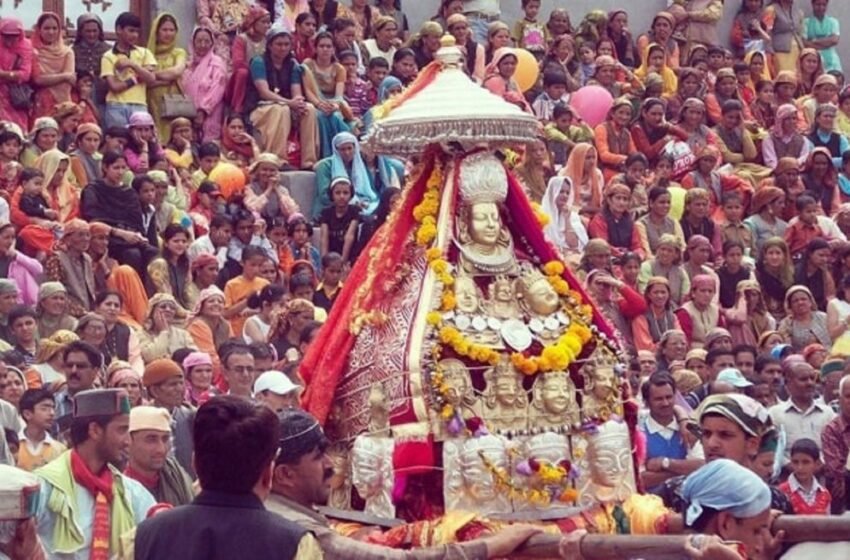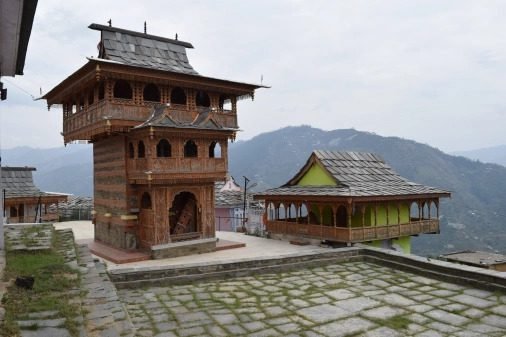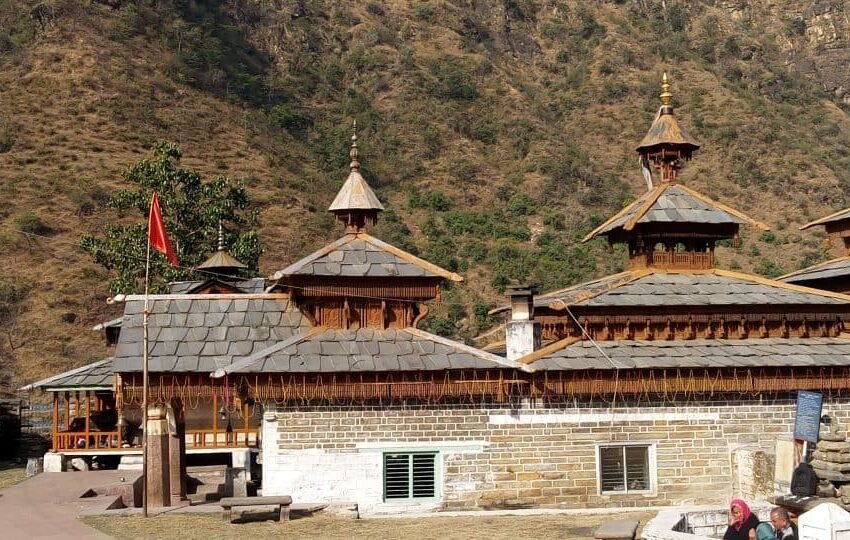The Brihadeeswara Temple, popularly known as Peruvudaiyar Kovil, is undoubtedly one of the most magnificent monuments in the history of Indian architecture. Based in the dusty city of Thanjavur, Tamil Nadu, this majestic temple remains a living testimony of the artistic and engineering genius of the Chola dynasty. The Brihadeeswara Temple is a temple dedicated […]Read More
The worship of local gods is at the core of the socio-cultural and spiritual identity of the mist-laden hills of Himachal Pradesh. Among the sacred gods is the guardian of justice, the protector of the oppressed, and the emblem of divine authority, Shirgul Devta. He is primarily revered in the regions of Sirmaur and Shimla, […]Read More
Narsingh Devta: The Divine Protector in the Avatar of Justice Narsingh Devta, venerated across the length and breadth of India, is depicted as one of the most fearsome incarnations of Lord Vishnu. He has a face that combines that of a man and a lion, with close associations to justice and protection against evil forces. […]Read More
In the fabric of spirituality in India, Chamba Devi shines like an all-powerful, compassionate, protective goddess. Devotees in different regions and religions venerate her. The existence of Chamba Devi transcends physical and cultural boundaries by offering an alluring mix of mythology, history, and spirituality, each reverberating in the hearts of generations to come. Closely associated […]Read More
Hadimba Devi temple is set in serene, breath-taking landscapes of Himachal Pradesh, and it finds resonance with the worship and spiritual lore of the very culture and spirituality of the region. Hadimba Devi is venerated as a protector and power, marking her status above all else as a regional goddess; indeed, she stands for the […]Read More
Shalu Devta: The Revered Guardian of Himachal Pradesh’s Spiritual Legacy
Popularly known as the “Land of Gods,” Himachal Pradesh is a region where spirituality blends with culture. Here deity worship, whether induced by affection or fear, is embedded into the daily incubation of these localities. Shalu Devta is another powerful deity, worshipped by the local people throughout the rural and tribal communities. Shalu Devta is […]Read More
The various gods and goddesses worshipped in Himachal Pradesh are a treasure trove of entertaining tales. These gods and goddesses are a part of the culture and provide protection, direction, and spiritual guidance to the people who follow them. Ghunda Naag Devta is considered another such god, who plays a significant role in the devotional […]Read More
Himachal Pradesh is steeped in traditions, deities, culture, and spirituality intimately tied to the people’s lives and practices. One among these deities is Bothe Mahasu Devta, and his legacy still profoundly resonates within the Kullu and Shimla districts of Himachal Pradesh. Bothe Mahasu Devta is not merely a religious figure but rather embodies the values […]Read More
Himachal Pradesh is a spiritually, culturally, and traditionally rich area popularly known as Dev Bhoomi or the Land of Gods. Among the many deities and divine personalities worshipped in the area, Doom Devta Maharaj finds a place in the affections of the region’s people. Doom Devta Maharaj is revered as a protector and guide for […]Read More
The Himalayas are often considered the home of the gods and have been a spiritual home to innumerable sages, saints, and spiritual leaders who have contributed greatly to Indian culture and spirituality. One prominent figure is Shringi Rishi, a sage whose life is deeply intertwined with the myths, traditions, and history of Himachal Pradesh and […]Read More

